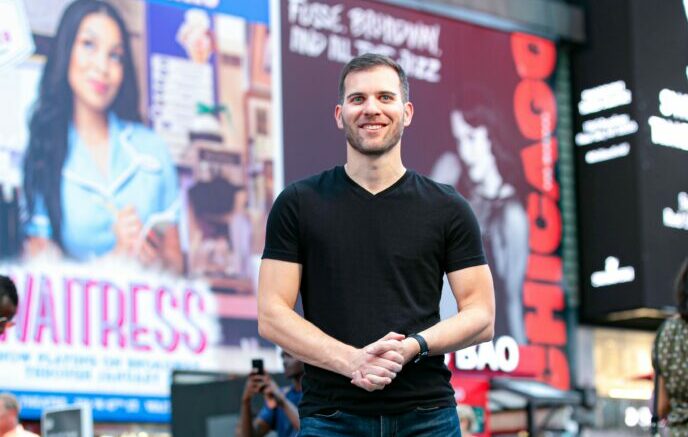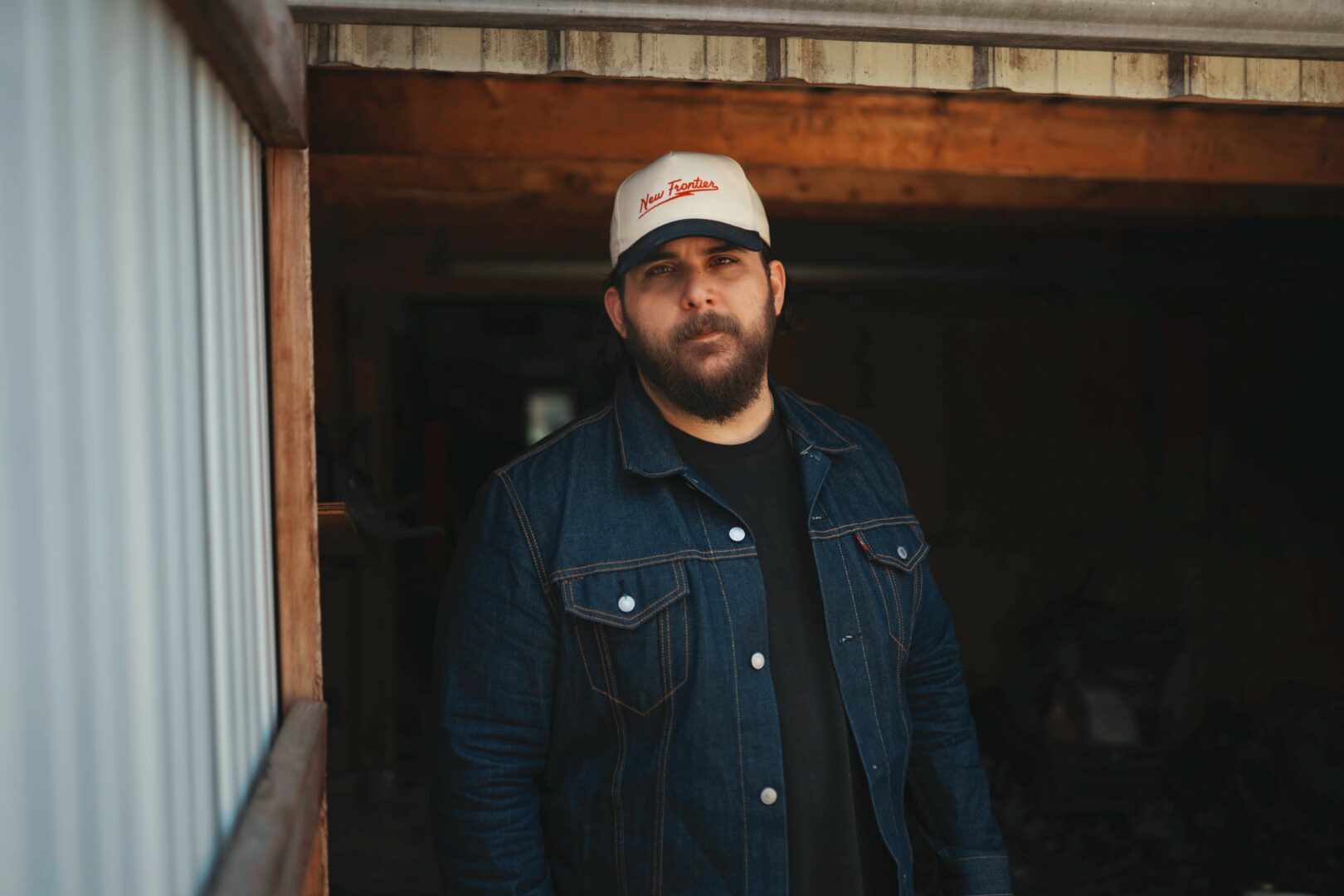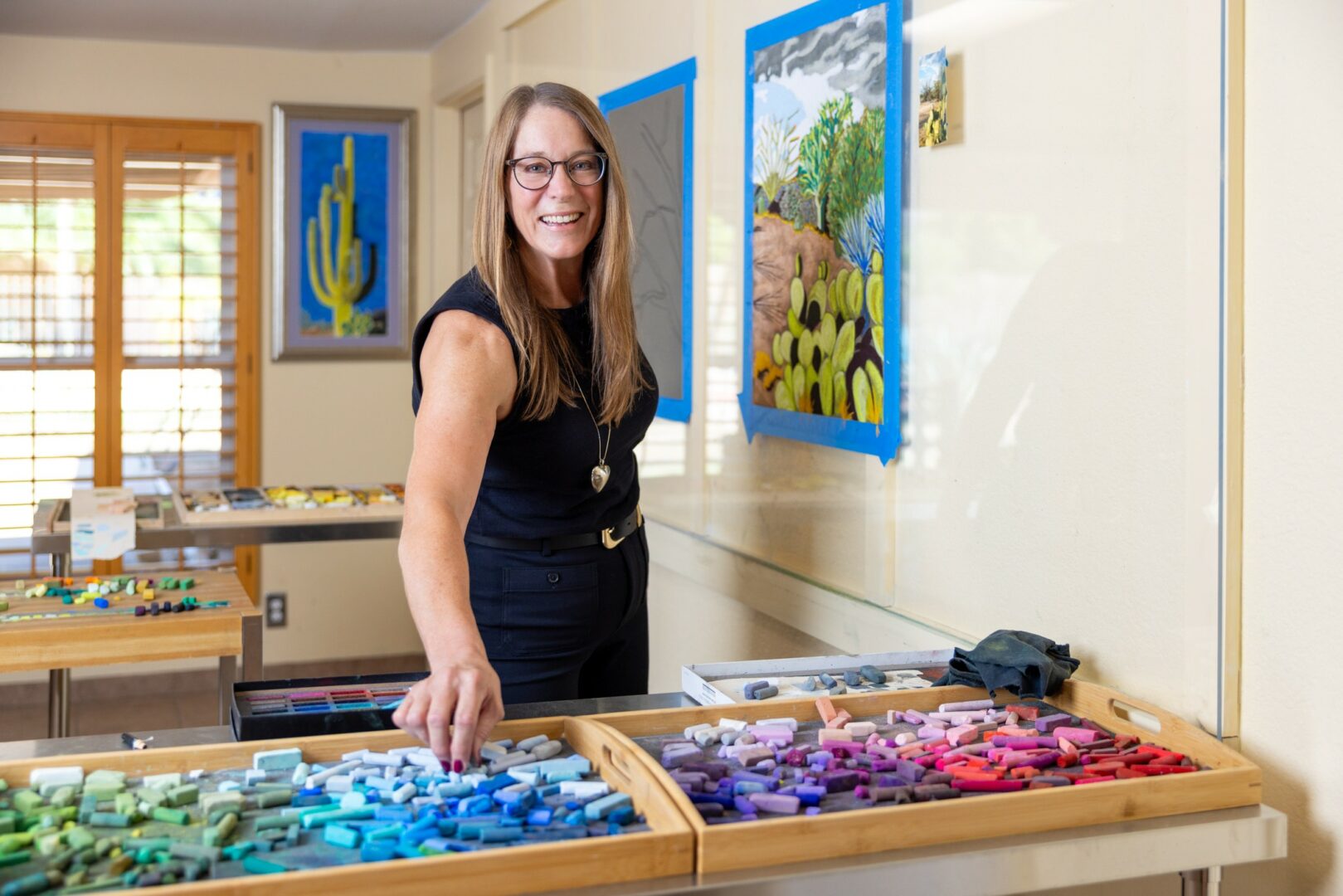We’re excited to introduce you to the always interesting and insightful Amy Barlowe. We hope you’ll enjoy our conversation with Amy below.
Amy, thanks so much for taking the time to share your insights and lessons with us today. We’re particularly interested in hearing about how you became such a resilient person. Where do you get your resilience from?
My resilience and work ethic have been intertwined ever since I chose to play a musical instrument at 9 years old, a fact that haunted me throughout my entire early musical life since most violinists who achieved the kind of success that I sought had begun their studies with excellent training between the ages of 2 and 4. With numerous obstacles and potential deterrents to overcome, due in large part to my having begun to study the violin seriously at the ridiculously old age of 16 ½, and after many years of “catching up”, the outcome has been a happy one because of the realization that turning obstacles into assets works!
In many respects, I count myself quite fortunate to have been brought up in a family of visual artists. In fact, I’m quite sure that my work ethic, essential to any “artist”, stemmed in many ways from my observation of how my parents, Dorothea and Sy Barlowe, handled their workloads. They were a highly acclaimed team of nature illustrators for over 50 years. As freelancers, they worked what seemed like endless hours to complete jobs for all of the top publishing companies in the country, while never knowing where or when the next job would appear. As a result, finances could be tight at times, but I always admired their unwavering dedication to the work they had. And most formatively for me, because of the delicate and detailed nature of their work, WQXR was the radio station of choice; so the classical music that filled their studio became the “background music of my life”.
Never having taken any lessons, my mother had a lovely voice. I adored hearing her sing folk tunes with her autoharp. My father loved to play the clarinet (by ear). He, too, was very talented, but untrained. Even so, his renditions of tunes played by Benny Goodman as well as the music popularized by the “Big Bands” of the 40’s were warm, rich and extremely impressive to me. Though not musicians, my parents still managed to imbue me with a passion for creating beautiful sounds.
Starting a string instrument at any age requires dedication and passion on behalf of the student as well as his/her family. I had chosen to play the viola after attending an assembly at my elementary school and being awarded the instrument of my choice for having received the highest grade on an ear training test of sorts. My parents loved music, but they were understandably unfamiliar with the workings of the musical end of the arts. It goes without saying that I had all the support I could have from them regarding my music “education”. But with several years of what was considered to be “viola lessons” at my elementary school, I began to feel a strong urge to play the violin simply because it was the instrument that seemed to have all of the beautiful melodies, in the early orchestral literature that we encountered. Unfortunately, this ardent desire was in no way supported by the orchestra director who needed violists in his orchestra. So, much to my despair, I was not allowed to switch instruments and was compelled to reluctantly continue with the viola until Middle School.
At this time, my parents, not quite knowing what to do with 13 year old me and this situation, found the best local teacher they could. This teacher appeared to have an impressive background, one that would have fooled anyone who had no experience with fraudulent teaching. Happily for him, I progressed steadily, though unbeknownst to me and my parents, I was playing even the most advanced literature by ear. (When I returned to these pieces years later, they actually were unrecognizable!) I’d never been taught anything about rhythm or, dare I say it…counting! But when he assigned the Mendelssohn concerto to me, I had the distinct feeling that it was just too easy to be considered as masterful a piece as it was, and I began to suspect that something was desperately wrong.
After three years with this teacher, it had become evident that I was serious about the violin, and considering the progress I’d seemingly made in spite of my training, or lack thereof, my parents and I thought that I needed a “better” violin. I was 16 ½. Thankfully, this was when I met my musical “savior”, Charles Ponall, who worked for the Rembert Wurlitzer Co. and positively changed the direction of my musical life, forever. After hearing me play, he told my mother in no uncertain terms that if I didn’t “get with” another teacher, I’d never make it in the field. He told her to start from “the top” and call Mr. Ivan Galamian, teacher of numerous illustrious violinists. She did, and my musical life took a dramatic turn for the better.
“Mr. G” as Mr. Galamian was lovingly called, “liked my hands” and obviously saw potential in me because he said he’d take me as a student if I filled in all the gaps from my previous studies by going to his Long Island assistant and teacher at Juilliard, Margaret Pardee. Meanwhile, back at High School, the music director was a violist who had studied at Eastman and knew how serious I was about the violin. That said, instead of supporting me in my efforts to carefully start from scratch filling in my technical and musical gaps with bowing techniques scales and etudes assigned by “Miss Pardee”, rancorously, all he could do was play recordings of violinists he liked, using their interpretations to contradict the new and expert private teaching I was receiving. On many an occasion, I could be found sitting on the floor outside his studio door crying in anticipation of a lesson to come. The consistent humiliation he afforded me carried over into our orchestra rehearsals, as well. One day, he came into a rehearsal singing, “She Ain’t Got Rhythm”, and everyone knew that this was directed at me. On another day, he’d asked me to solo with the orchestra on a Mozart Concerto that I’d been studying with my new teacher. I was using her fingerings and simultaneously had been working extremely hard to transform my approach to the instrument. “Miss Pardee” was very pleased with my progress in such a short amount of time. But in the rehearsal, I made a small mistake because the piece was still new to me and because I was so nervous. In what would be his final act of humiliation, the music director told the orchestra to hand in the music and said we’d play a Mozart Flute Concerto, instead. That was the last straw. I walked out of that rehearsal and never came back. Not realizing it at the time, I became far stronger and resilient than I’d ever been because despite the obstacles I’d faced, when I walked out of that rehearsal, I never looked back. Instead, I stepped out onto the path that would lead me to the most gratifying musical lifetime I could have imagined.
In much more recent times, as we all do, I’ve found the need to transform other significant obstacles into assets. After the onset of what most likely is essential tremor, possibly coming from those long-ago days of “catching up” (including numerous 10 hour break-less practice sessions) and shortly after the occurrence of my husband’s stroke, we moved out to the East Coast to be closer to our two daughters. These events could have been devastating as far circumstances surrounding my career. But once again, not looking back, I decided to use this experience to focus on something that had been percolating in my heart and soul for years – composing. Much like the creativity that has gone into the artwork of my parents and brother (Wayne Barlowe, world renowned artist/author) it seems that my creation of music is a natural outgrowth of my family history. Is it the Circle of Life? Or is it simply the kind of resilience that makes obstacles into assets?

Appreciate the insights and wisdom. Before we dig deeper and ask you about the skills that matter and more, maybe you can tell our readers about yourself?
I am a violinist/Composer having received my B.M. and M.M. from Juilliard in Violin Performance after studies with Ivan Galamian and Margaret Pardee. My chamber music coaches included Josef Gingold, Felix Galimir, Samuel Rhodes, and Earl Carlyss, and my theory teachers included Vincent Persichetti and Hal Overton.
In 1988, my husband and I formed the duo AB2 (AB-squared). We recorded for the Medici and Azica labels. Here’s a review from The American Record Guide: “Their tonal production is flawless, and musically they meet the highest standards”.
It’s always so exciting for me to have the opportunity to share my compositions in any way that I can. The thought of being able to touch instrumentalists, singers, and audiences with music that I’ve created means the world to me. My original compositions and arrangements been performed internationally, receiving wide acclaim. They include works for two violins and piano, a Requiem Mass, and a Magnificat. My two Celtic Duos for two violas appear on a CD recorded by the Aureole Trio and have been released on the Koch International label.
Particularly exciting for me were the following: Having received the endorsement of John Williams, my arrangement of “Schindler’s List” for Two Violins or Violin and Viola was published by Hal Leonard. And my “Hebraique Elegie” for Two Violas was performed by Paul Neubauer and Matthew Lipman at a Lincoln Center Spring Gala of the Chamber Music Society of Lincoln Center. Additionally, Paul Huang and Danbi Um have performed the same piece for Two Violins in chamber music festivals throughout the country.
My book, “12 Etude-Caprices in the Styles of the Great Composers”, published by Alfred Music, has received rave reviews from artist/faculty throughout the world.
I was on the Artist/Faculty of the Meadowmount School of Music from 1988-2013; I was Margaret Pardee’s Teaching Assistant at the Juilliard Pre-College, and at the Estherwood, and Bowdoin summer music festivals; I also taught at NYC’s School for Strings; and about 3 months after graduating from Juilliard, I was given an Assistant Professorship at Willamette University in Salem, Oregon where I spent 10 years and was the Violinist with The Oregon Trio.
I also founded a vibrant and highly acclaimed chamber orchestra called Akron Baroque which gave numerous performances of historically informed music of the Baroque period.
My original compositions, arrangements and booklets have been published by Hal Leonard; Alfred; Summy Birchard; Carl Fischer; Keiser Southern Music; Ovation Press (online); Shar Products: and Black Squirrel Music, Inc. Soon I’ll be having a couple of pieces published by Ludwig Masters and 4 pieces will be published by Lauren Keiser Music Publishing.
![]()
Looking back, what do you think were the three qualities, skills, or areas of knowledge that were most impactful in your journey? What advice do you have for folks who are early in their journey in terms of how they can best develop or improve on these?
Empathy, imagination/vision, and an appreciation of the beauty of nature have had a profound impact on my “journey”, and I definitely will continue to share these qualities in every way I can. I feel very strongly that they are some of the most significant bridges to all relationships. More specifically, when applied to the music we learn, teach, and share, these qualities give more depth to the learning process. They give more meaning to relationships with students (even the more challenging students) and most assuredly to audiences. And, when applied to relationships in general, they have the capacity to bring unity through understanding and harmony.
With an approach incorporating the qualities above, I am in the process of writing a book that will be published by Ludwig Masters. Designed for the high school violinist or amateur returning to the violin, “Envision, Caprices with a Cause” is a positive and inspirational approach to filling gaps in their technical and musical foundations. With my background of Juilliard training, 26 years on the Artist/Faculty of the prestigious Meadowmount School, and decades of teaching, I’ve found that the most challenging, but ultimately most gratifying students have been those with the largest gaps but the greatest will to fill them. They’ve come to me desperately wanting to play well enough to join, or advance in, an orchestra; take successful college or conservatory exams; or audition for summer music programs. And I know exactly how they feel, because…long ago, I was one of them!

Okay, so before we go, is there anyone you’d like to shoutout for the role they’ve played in helping you develop the essential skills or overcome challenges along the way?
Margaret Pardee (1920-2016) was one of my most beloved teachers. I studied with her privately at her home, at Juilliard, and at Meadowmount.. She was responsible for filling in the huge gaps I’d had in my previous violin studies, enabling me to study with Ivan Galamian, and putting me on the path to my musical dreams. In so many ways, she enabled, encouraged, and inspired my teaching and performing careers. Her generosity and warmth were heartwarming, and I miss her dearly. But in many ways, I feel that she is always with me, and for that, I’m eternally grateful.






so if you or someone you know deserves recognition please let us know here.




